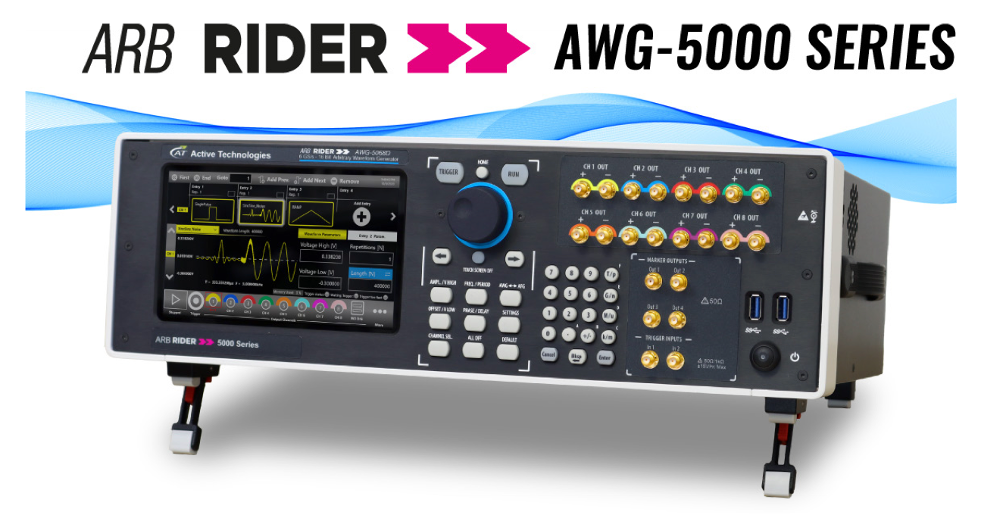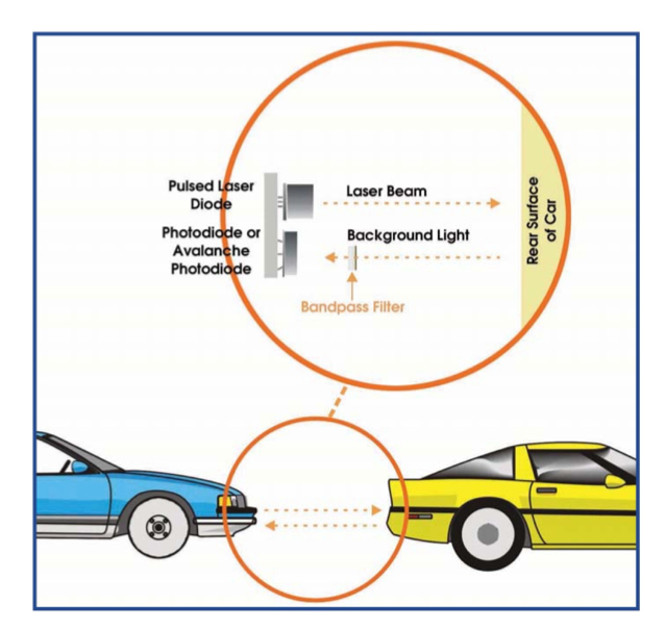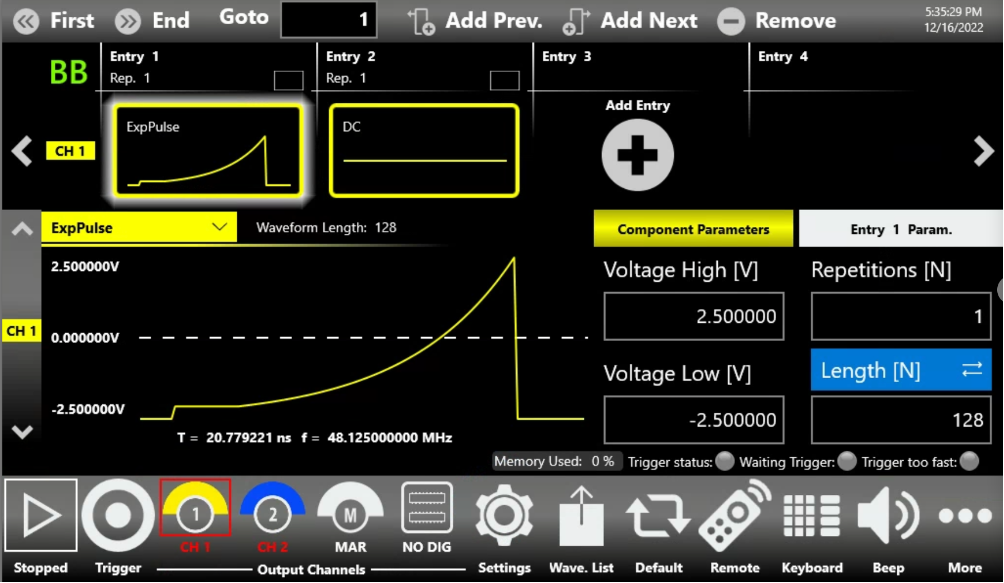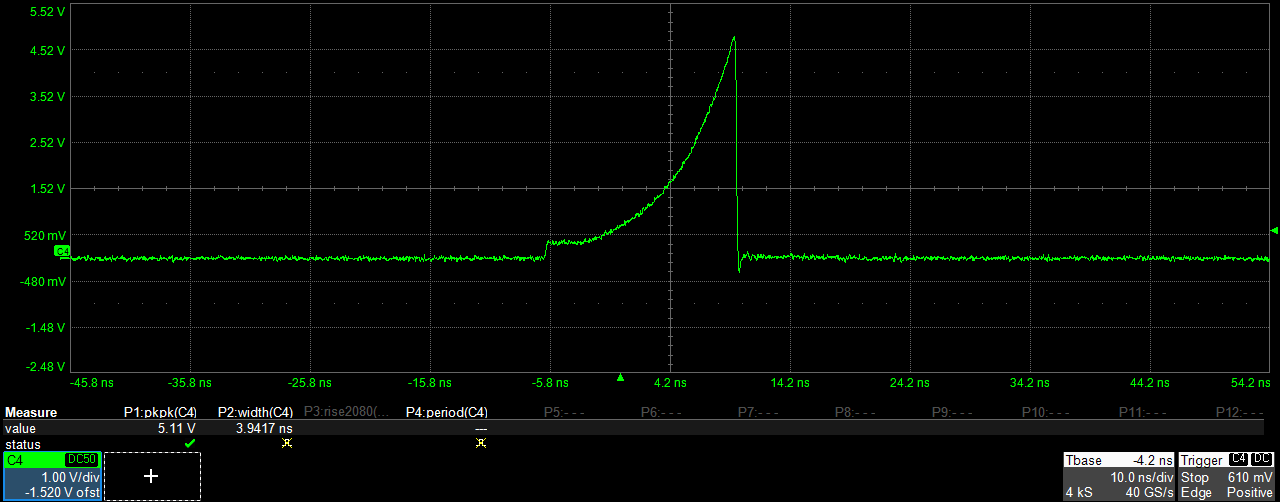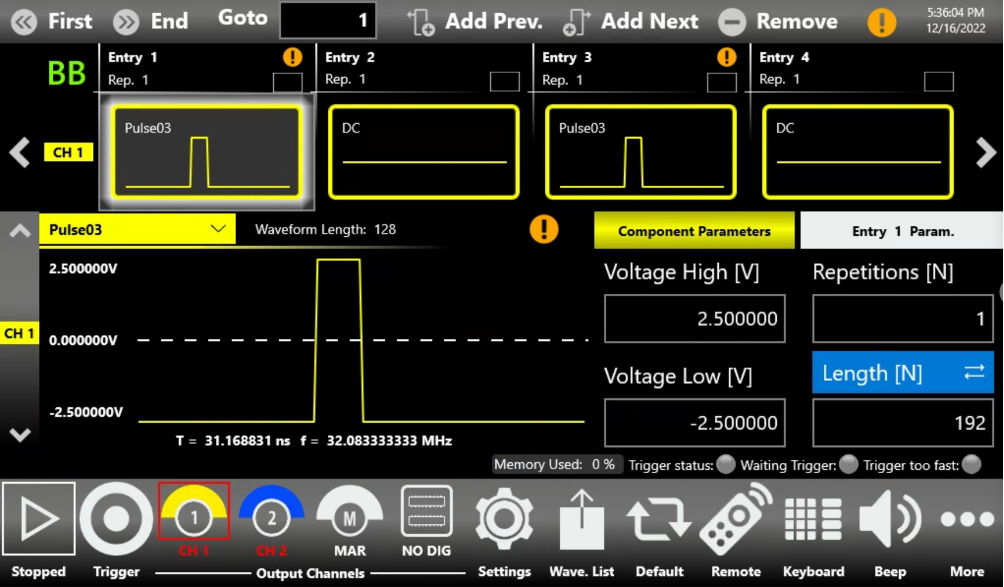AWG to control Pulsed Laser
How to generate a single / arbitrary pattern pulsed laser
Pulsed Laser Diode Driver
The ability of pulsed laser diodes to provide short pulses of intense power has made them an ideal choice for military applications such as target designating and range-finding.
Indeed, much of the historical motivation for developing these diodes has military roots. However, today’s technology improvements and cost reductions are opening new applications in metrology and medicine.
Continuous vs. pulsed operation
Standard laser diodes are designed to emit CW radiation with power from a few milliwatts to a few watts. A pulsed laser operates at a lower duty cycle, so heat removal is less of an issue.
Another design difference between pulsed and CW lasers is that the reflectivity of the pulsed laser’s output facet is generally much lower.
Thresholds are kept low on typical CW lasers by limiting the emitting width to 5 to 35 µm. Although laser threshold current is directly proportional to this width, the high gain generated in pulsed lasers allows the width to be increased up to 400 µm with a corresponding increase in peak power. Unfortunately, without precautions, this combination of width and a short resonator at high gain can result in rotating modes in which the circulating power bounces obliquely around inside the gain region rather than straight back and forth between the end facets.
Another factor that affects threshold is that the structure of the pulsed laser is generally configured to provide a beam divergence of less than 25°, compared with the typical CW device that would provide 35°to 45°. The tighter beam is achieved by allowing photons to spread into a “large optical cavity,” a weaker waveguide in the transverse direction that reduces the quantity of photons in the gain region. Because no lateral waveguide is built into the pulsedlaser structure, the beam divergence in this direction is typically 10°.
Pulsed laser diodes are designed to be driven with high-current pulses, producing short, high-power optical pulses.
To achieve the very high peak optical powers demanded by most applications, the duty cycle is generally kept below 0.1 percent. This means that a 100-ns optical pulse is followed by a pause of 100 µs; i.e., very short pulses are available with repetition rates in the kilohertz range. The maximum pulse lengths are typically in the 200-ns range; more common are pulses between 3 and 50 ns.
Electric currents on the order of several tens of amperes are necessary to create these optical pulses. Such high current levels require fast switching transistors and appropriate circuitry, with all electrical connections kept as short as possible to reduce inductive losses.
So while benefiting from the progress made in CW laser technology, pulsed lasers have been optimized to offer high performance in their unique applications and to facilitate economical production.
When the first commercial GaAs pulsed lasers became available, their wavelength was 905 nm. Fortunately, this is close to the peak responsivity of silicon detectors, and there is a nearby water absorption peak, which reduces ambient light and increases detection sensitivity.
With the advent of new technology and lasers based on different semiconductor materials, it became feasible to produce lasers with a variety of wavelengths.
But lasers operating in the 1550nm range have been receiving more attention because of their superior transmission through fog and smoke. Another distinct advantage is that this wavelength is less hazardous to vision than shorter ones.
Time of flight, other functions
Many applications for pulsed laser diodes are variants of the seminal rangefinding application, in which target distances are calculated by measuring the flight time of laser pulses reflected or backscattered from the target. Using this principle, some of the more sophisticated instruments can make accurate measurements at distances up to 10 km. Police laser “speed guns,” for example, can measure vehicle speed up to 155 mph (250 km/h) at up to 3300 ft (1000 m) with an accuracy of 1 to 3 percent. Unlike conventional radio-frequency speed guns, which measure velocity directly from the magnitude of the Doppler shift in a reflected signal, laser speed guns calculate velocity by comparing distance measurements made at different times.
Since prices came down, eye-safe rangefinders have become available for a variety of recreational activities. Hunters, for example, can buy laser rangefinding devices to measure the distance to their targets with an accuracy of a meter or two over a range of hundreds of meters.
Similarly, golfers can purchase inexpensive laser rangefinders to try to improve their handicaps. In what some (but not all) might consider a less frivolous application, automotive engineers are developing rangefinders based on pulsed laser diodes, to warn drivers of hazards. Laser range sensors are also widely used.
Pulsed laser diodes provide the optical signal in automotive collision-avoidance systems, used as navigational aids for ships, particularly in ports and harbors; in ceilometers for cloud-based measurement at airports; and in surveying and construction.
In a laser safety scanner, pulsed laser diodes create a curtain of light around potentially dangerous areas such as automated production lines. Using coded pulse emission, two-dimensional curtains can be monitored to distinguish between allowed and not-allowed shapes. The high peak power from pulsed laser diodes, when used in combination with avalanche photodiodes, provides the sensitivity necessary to discriminate between shapes. Besides serving as a safety interface, such equipment may also provide remote management and diagnostic functions. Increasingly, similar systems are being deployed on intelligent highways to regulate flow and to identify vehicles at tollbooths.
In addition, significant research supports the dramatic wound-healing ability of pulsed laser diodes in medical applications such as laser acupuncture and therapy. Wavelengths in the spectral range of 625 to 905 nm are favored here. The latter wavelength penetrates deeply into tissue and bone to alleviate pain, swelling and inflammation in joints, as well as other afflictions. The laser light must be pulsed to achieve the power necessary for penetration and absorption without damaging the cells.
Generation of short, powerful pulses using laser diodes represents an enabling technology for a variety of applications that cannot be addressed with CW laser diodes, for either technical or economic reasons. Laser Components and other manufacturers have developed commercial products and offer devices at 850, 905 and 1550 nm for such applications with a wide range of output powers and emitting areas, both as single emitters and as stacked devices.
The Arb Rider AWG-5000 allows you to directly control the pulsed laser diode or to indirectly control it using an electro-optic or acousto-optic modulator.
The pulsed laser diodes need to be driven with high amplitude and very short and narrow pulses: the AWG-5000 can create rectangular, gaussian, exponential shape pulses with an amplitude up to 5Vpp, 110 ps of rise and fall time and a minimum pulse width of 230 ps.
The following screenshots show the possibility of creating easily the different pulses with True-Arb UI and display them through an oscilloscope.
Conclusion
The Arb Rider AWG-5000 Series provides you an extremely flexible and high performance solution to generate all types of pulses or signals that are needed to meet today’s challenges in quantum optics, photonics and laser applications.
The new industry’s requirements and the development of new products, increase the demand for cutting-edge test-equipment instrumentation to satisfy the most demanding applications and the latest scientists’ ideas.
